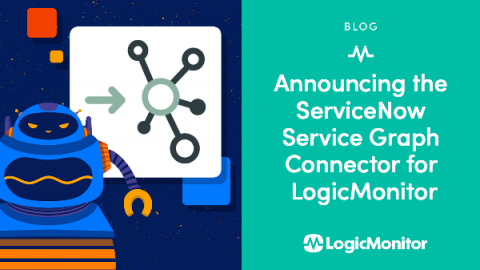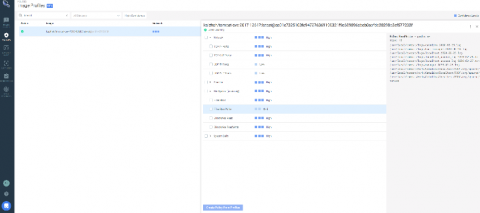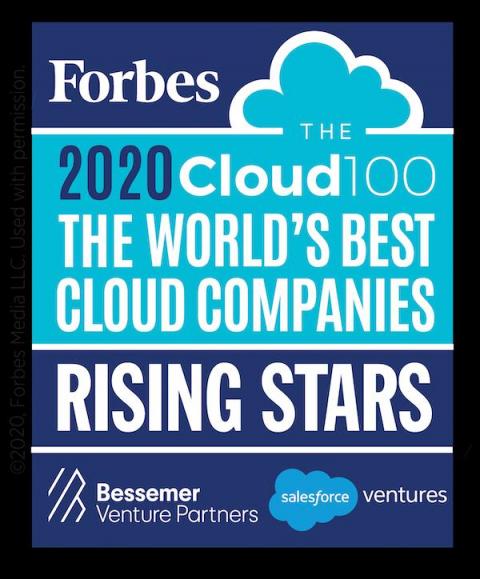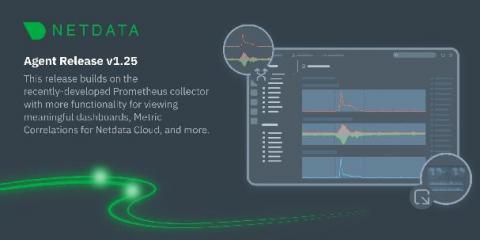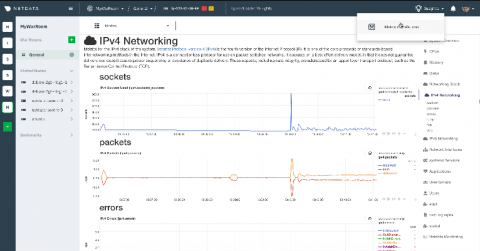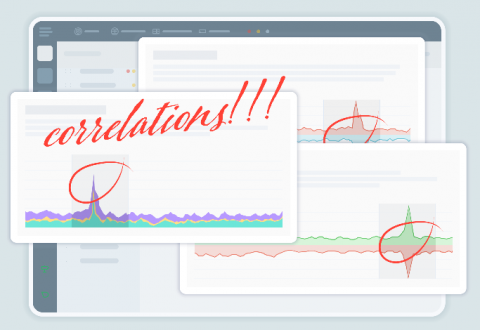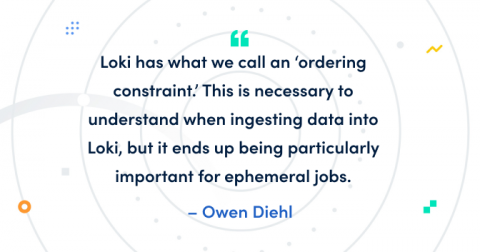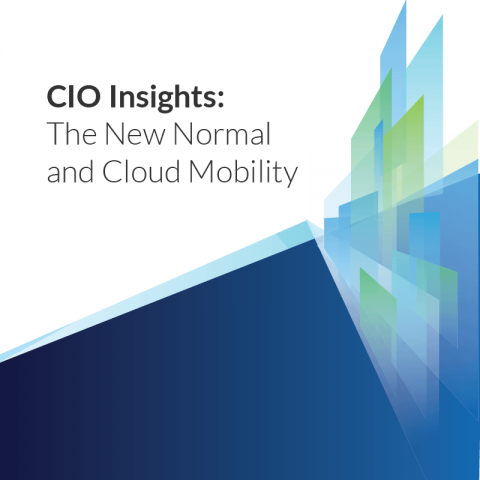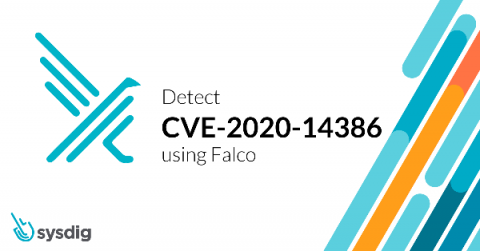Make the most of your ITSM platform for Knowledge Management in 3 easy steps
For many organizations, knowledge management is often considered a technology problem. This is why when they implement knowledge management, the execution is often rendered unsuccessful because the processes and the kind of articles that are created are too complicated for people to use. ITIL knowledge management is defined as the process of capturing, processing, storing, and sharing knowledge across the enterprise.



